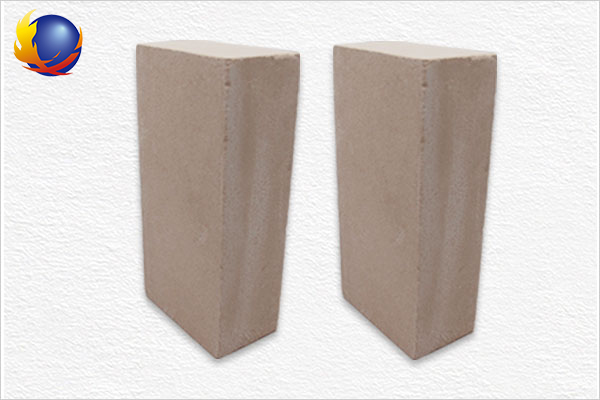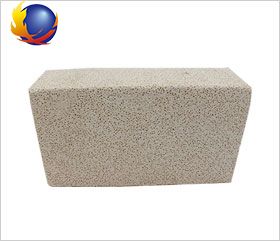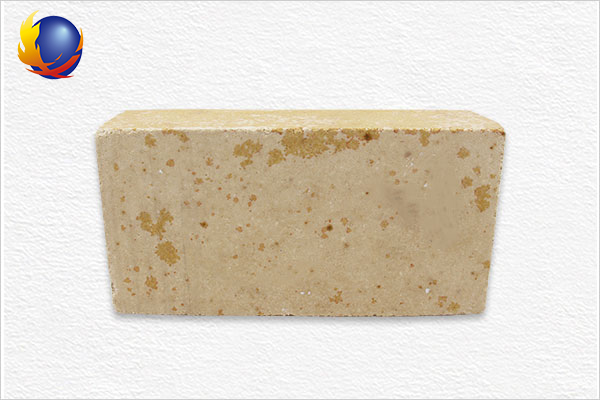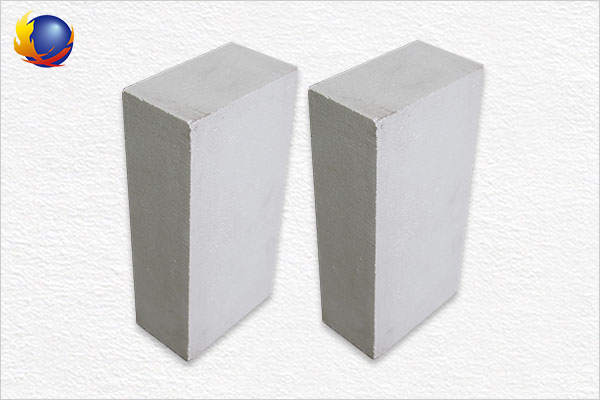Light Insulation Refractory Brick Introduction
Light refractory bricks refer to refractory bricks with high porosity, low density (generally less than 1300 kg/m3) and low thermal conductivity. They have a porous structure and good thermal insulation properties, so they are also called heat-insulating refractory bricks.
Light Insulation Refractory Brick Type
1. Lightweight clay bricks, also known as insulating clay bricks, are lightweight insulating bricks with a porous structure of alumina between 30% and 46%.

2. Lightweight high alumina brick, also known as high alumina heat insulating refractory brick, which is made of bauxite as the main raw refractory material, the alumina content of not less than 48% of insulating refractory products, is a lightweight refractory brick Kind.

3. Lightweight silica brick, also known as silicon thermal insulation brick, refers to insulation silicon refractory products with a silica content of more than 90% and a bulk density of less than 1.2 g / cm3.

4. Light mullite brick, mullite as the main crystalline phase and combined phase of the insulating refractory material, high alumina bauxite clinker as the main raw refractory material, adding high quality high purity refractory powder, according to the refractory product requirements ratio.The organic composite filler is added, cast and molded to form a light mullite product at a high temperature.
5.Alumina hollow ball bricks, using alumina hollow spheres as the main raw material, lightweight refractory bricks sintered at 1800 ℃ high temperature, belonging to advanced insulation refractory products.
 Light Insulation Refractory Brick Precautions
Light Insulation Refractory Brick Precautions
The light refractory bricks used in industrial kiln have many advantages. One is to save energy by 2/5~3/5, the other is to reduce the weight of the furnace, simplify the structure of the kiln, lower the ambient temperature and improve the working conditions, It is because the kiln can quickly heat up the text and increase the power output of the equipment. However, the lightweight refractory brick has a large porosity, arranged for transportation, which has poor slag resistance. The slag quickly invades into the pores of the refractory brick body to break it, and cannot be used for direct touch sensing of molten slag and liquid metal.
The refractory material standard GB/T3995-1983 clearly stipulates that the high alumina heat insulating refractory brick is used for the heat insulation layer and the kiln memory of the corrosive gas effect of not receiving the high temperature melt, colleague, light refractory material normal temperature withstand voltage low strength, poor wear resistance and poor thermal shock resistance, can not be used for load bearing structures, which is not suitable for the touch and wear of the furnace. In general, because lightweight refractory bricks have the above disadvantages, their use is mostly used as a heat insulation layer, lining or heat preservation of the kiln.





